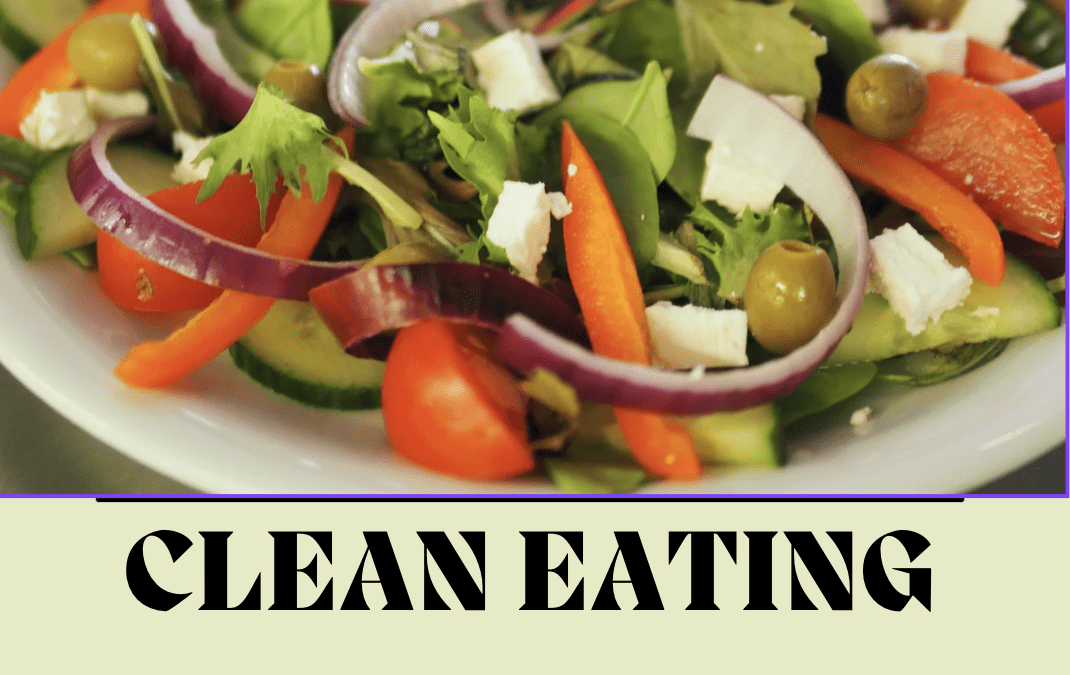Clean eating is a dietary trend that is taking the world by storm. But what exactly does it mean?
The idea is that an individual should eat less processed food. The contents are typically organic and usually based on what is in season and can be found in the surrounding area. It is not known when the trend started exactly, as it has been an ever-changing and evolving movement, however, clean eating has begun to spread around the world. Not only does it support local businesses, but it also seeks to help those with food allergies and with dietary restrictions such as vegetarianism.
There are different variations of this clean eating idea. Some stress fruits, vegetables, beans, and other healthy foods with plant-based protein. The clean eating diet encourages customization to the individual’s needs.
The main emphasis is on making sure the food is “clean.” Clean, in this case, means that it is less processed than most food and is pesticide and herbicide free. There is a joke in the clean-eating community about “skipping the middle isles” in a grocery store because the middle isles in the grocery store contain more processed foods.
The clean eating movement heavily relates to the farm-to-table and slow food movement. The farm-to-table movement promotes serving food from local farms in restaurants. The slow food movement celebrates traditional cooking and locally sourced food. The one thing all three have in common is they all encourage healthy, local food!
Learn more about clean eating at What is the Clean Food Movement?

